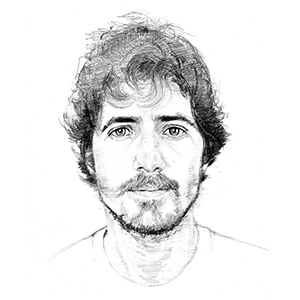
Who made it, why, and in what context?
Andy Warhol's artworks have sold for millions of dollars. His most famous works—think of Campbell's Soup Cans (1962) and Marylin Diptych (1962)—are limited edition paintings. Campbell's Soup Cans' piece consists of 32 images produced over five months1, and Marilyn Monroe's artwork consists of 50 portraits.2
After hand-painting thirty-two soup cans by hand, Warhol moved to photo-silkscreen, a printmaking technique originally invented for commercial use that allowed Warhol and other artists to create reproductions of the same artwork using a silkscreen.3
Warhol painted the soup cans with acrylic paint. Each canvas corresponded to a soup variety sold by Campbell's back in the 1960s.
Screen printing speeds up the reproduction of an artwork. Once the silkscreen is ready, colors are applied, one by one, using a squeegee to push the ink through the mesh screen4, either by hand or automatically with a machine, a process being used at the time to mass-produce advertisements.3
"I don't think art should be only for the select few," Warhol claimed, "I think it should be for the mass of the American people."
Nowadays, we could argue this vision is a reality. Large corporations and artisans deploy a wide range of mediums to automate what used to be done by hand, producing goods en masse, lessening their price and uniqueness while improving its quality and availability. You can buy a ready-to-hang print of Vang Goh's The Starry Night at IKEA for $49.99 while the Museum of Modern Art in Midtown Manhattan shields and exhibits the original painting.
Contrary to his statement, Warhol created artwork for the selected few that could pay for it. In 2007, a 1964 Large Campbell's Soup Can sold for $7.4 million, and Silver Car Crash sold for $105.4 million in 2013.
Aesthetics and taste aside, it's all about the story behind each piece.
Who made it, why, and in what context?
Andy Warhol. (n.d.). In Wikipedia. Retrieved November 9, 2020. ↩
Marilyn Diptych. (n.d.). In Wikipedia. Retrieved November 9, 2020. ↩
Campbell's Soup Cans. (n.d.). In MoMA Learning. Retrieved November 9, 2020. ↩ ↩
Screen printing. (n.d.). In Dick Blick Art Materials. Retrieved November 9, 2020. ↩

